What to do in South Africa: our top 10 must-sees and must-dos
Anto
09 Dec 2019
The “rainbow nation” is quite simply a splendid vacation destination. Between nature and history, breathtaking landscapes and mountain hikes, this destination is sure to make your head spin. Here’s a selection of must-sees.
A mythical place for history lovers. South Africa’s largest city is also the emblematic site of the struggle against apartheid. The best-known district is Soweto.
We recommend a guided tour to discover the history of this district as it should be: Nelson Mandela’s former home (now a museum), the Apartheid Museum, the Hector Pieterson Museum…
But Johannesburg also has a very different face. It’s home to art galleries, trendy restaurants and theaters. The Braamfontein and Maboneng districts are well worth a visit!
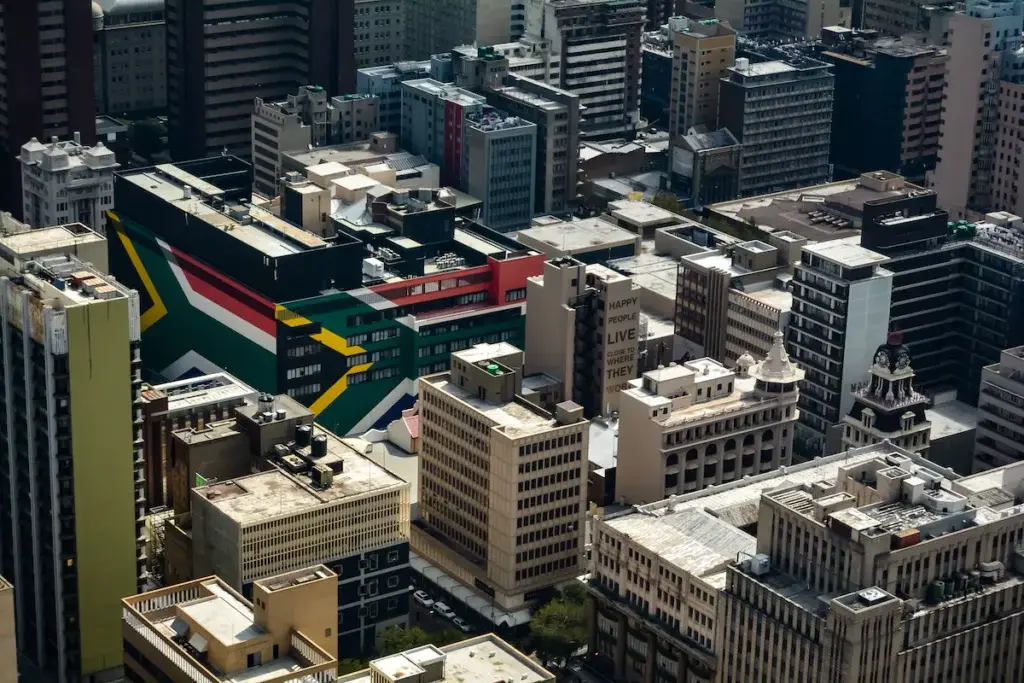
It’s the 3rd largest canyon in the world (no less!). This is without doubt one of the most majestic sites in South Africa. It’s about an hour’s drive from Kruger National Park, and makes an ideal stopover!
The scenery is breathtaking and hikers will have a field day. The most famous sights in this superb canyon are the Bourke’s Luck Potholes (giant potholes carved out of the limestone by sand and pebbles carried by the water), the Three Rondavels (hut-shaped cliffs), and magnificent waterfalls such as Lisbon Falls and Berlin Falls.
You’ll also be able to take part in all kinds of activities, including canyoning (make sure you’re insured with the sport+ option), horse-riding and… for thrill-seekers, zip-lining (you’ll bring back photos for the less courageous among us?)!
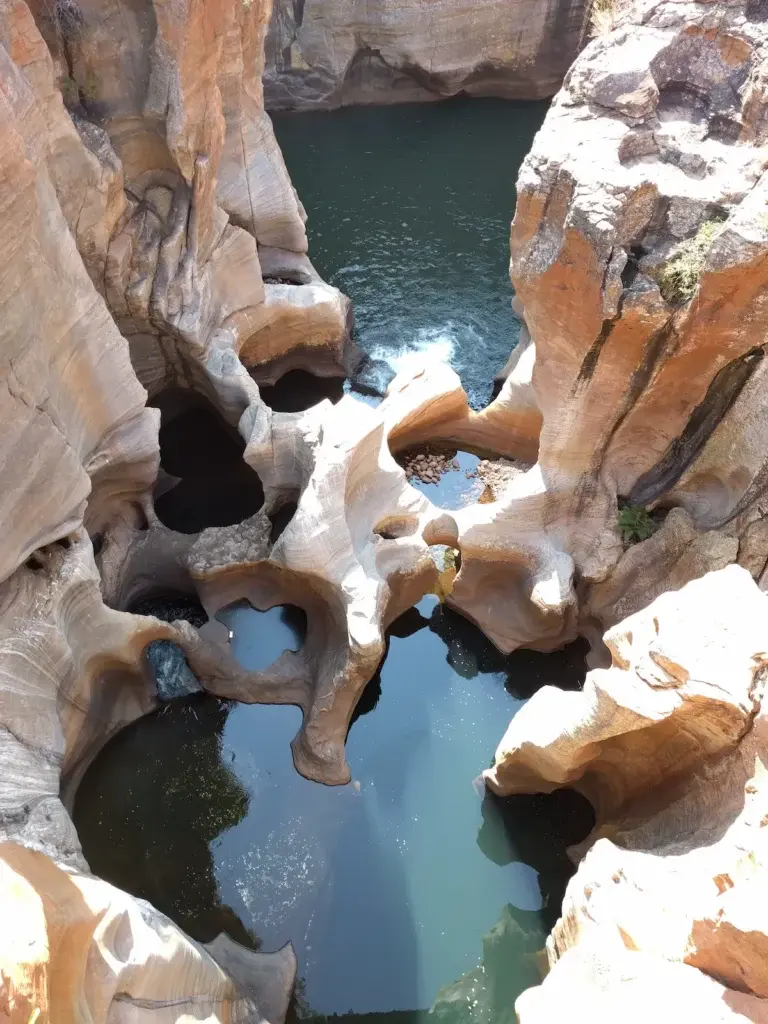
If there’s one thing you must do in South Africa, it’s go on safari, in search of the “big five”, as they’re known. These are the 5 emblematic animals of South Africa: lion, elephant, rhinoceros, leopard and buffalo. Here you can admire many other animals, including giraffes, reptiles and several species of birds.
This park of some 2.2 million hectares is not only Africa’s largest nature reserve, but also one of the oldest and most extensive parks in the world. So it won’t come as a surprise to learn that it’s the one most visited by tourists! And it’s worth it…
You can explore this magnificent reserve in your own vehicle, or accompanied by a ranger. We recommend the latter option, which will not only take you off the beaten track, but also allow you to benefit from the expert eye of the rangers, making this unique experience an unforgettable memory.
We have a member of our community who is very involved in the defense of the Kruger’s animals, especially elephants, and we’d like to introduce you to her! Aïda will take you on safari through the park’s private reserves like no other. If you’re going to follow a ranger, it’s definitely her!
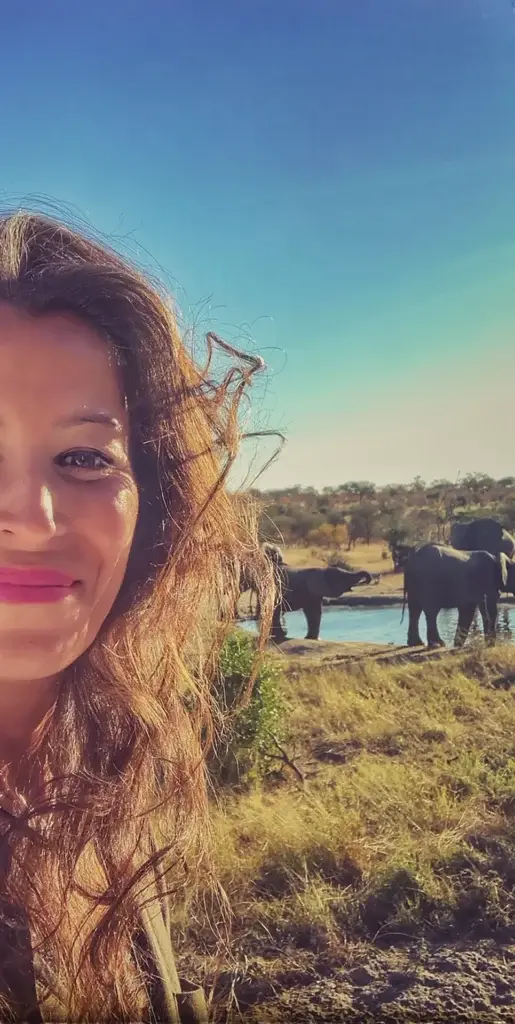
This immense park is a UNESCO World Heritage Site.
The Drakensberg (“Dragon Mountain” in Afrikaans) is a mountain range whose highest point, Thabana Ntlenyana, rises to 3482 meters.
Don’t panic if you’re a beginner hiker, there are routes for all levels. So you can enjoy sensational panoramas, caves, waterfalls, cliffs – whatever your climbing experience. You can even swim in waterfalls and natural pools. One of the highlights of the Drakensberg is the Amphitheatre, an incredible cirque at an altitude of 2930 metres.
The Tugela Falls are among the highest in the world.
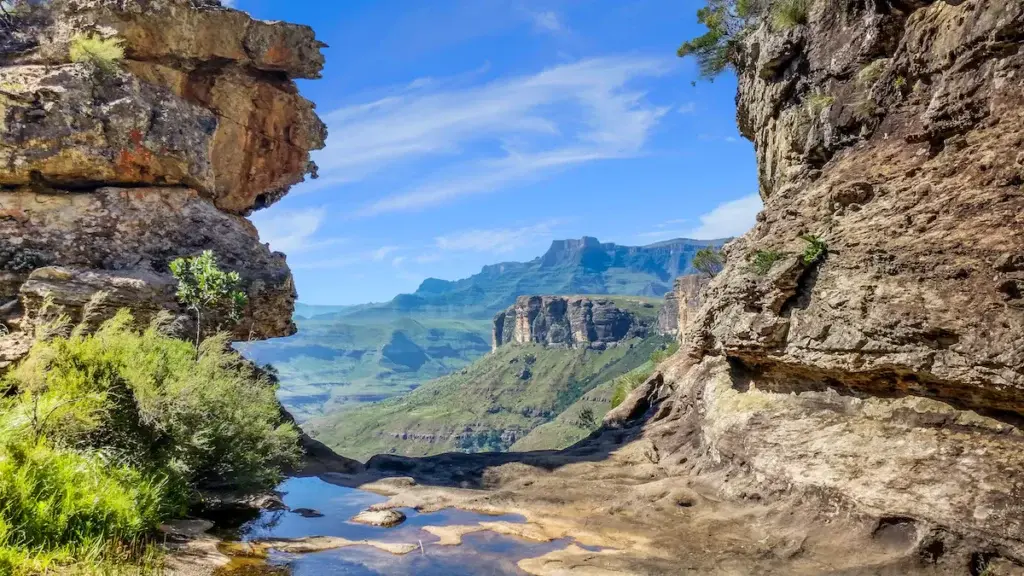
Cape Town is certainly a must on any trip to South Africa. This port city offers a host of wonderful discoveries! Start by taking the cable car up to the famous Table Mountain, the flat mountain that dominates the city (or go on foot, following one of the trails that lead to it! From 3 to 10 kilometers of walking). You’ll have a magnificent view of the Cape.
A visit to Robben Island is also a must. This is where Nelson Mandela was imprisoned.
And don’t miss the Cape Peninsula and the famous Cape of Good Hope, at the tip of the peninsula, where the Atlantic and Indian Oceans meet.
On the city side, the Bo-Kaap Malay quarter will brighten up your stay and your photo memories! The houses here are painted in all kinds of colors.
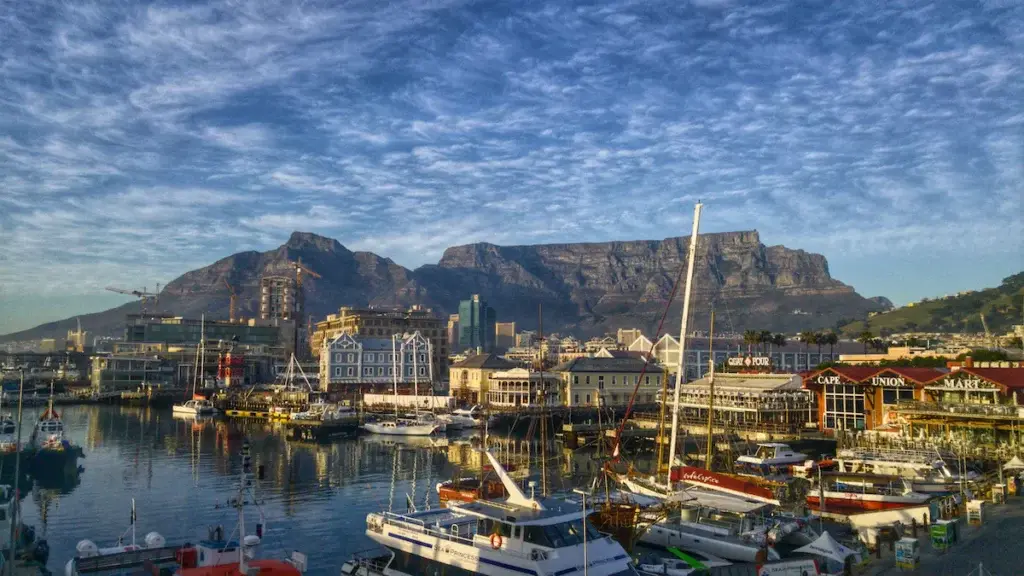
The Americans have their Route 66… and the Africans, their Route 62! Get ready to discover a whole host of sublime landscapes! You can choose to venture along the seafront or, on the contrary, head a little further inland to discover incredible panoramas.
You can start the Garden Road from Cape Town.
Discover the Cango caves, once inhabited by prehistoric man.
If you want to relax by the sea, there are numerous beaches and resorts to choose from: Plettenberg Bay, Knysna, Mossel Bay…
For nature lovers, several sites offer hiking opportunities: Robberg Nature Reserve, Storms Rivers, Tsitsikamma National Park, Featherbed Private Nature Reserve…
Here, too, you’ll have the chance to see plenty of animals: ostrich farms in Oudtshoorn (home to these giant birds!), birds in Birds of Eden, monkeys in Monkeyland and elephants in Addo National Park.
And stay tuned, because we’ll be talking about whales and sharks in a few lines…! (Yes, yes, sharks – for the brave among us).
The Garden Route ends in Port Elizabeth. This town, often “forgotten” by tourists, is well worth a visit!
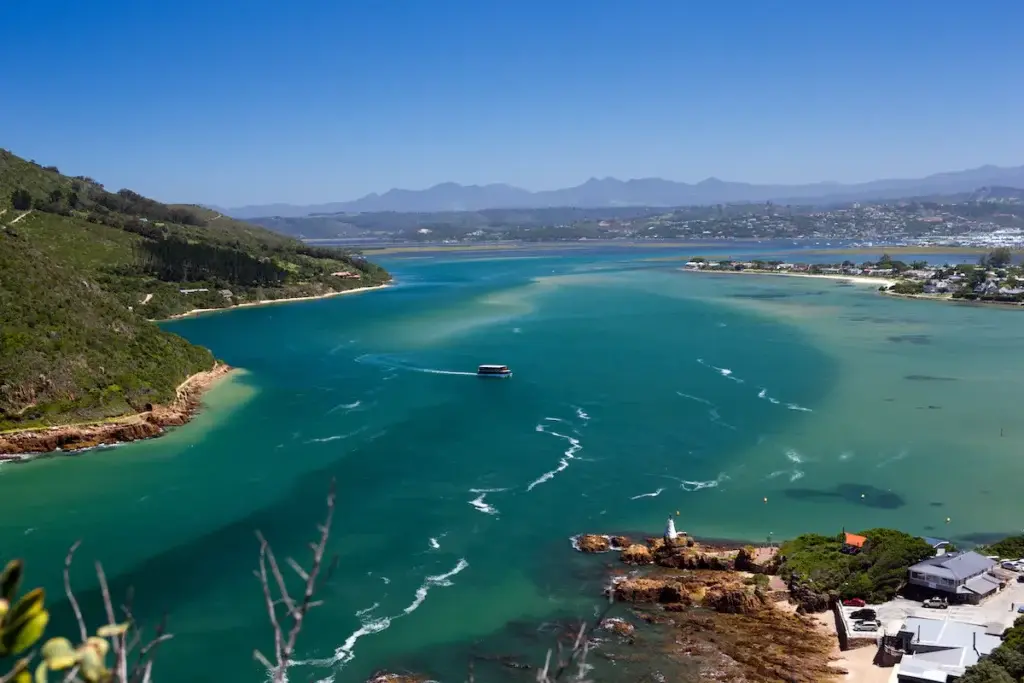
The best place for whale watching is the seaside town of Hermanus. It’s a 1h30 drive from Cape Town and one of the recommended stops on the Garden Route.
The ideal time to observe these impressive mammals is from June to early November, when the whales are in full migration. (If you go outside this period, you can still see sea lions and seals).
The amazing thing is that you can see them from the coast! Of course, you’ll enjoy it more if you opt for a cruise, but if you’re seasick, you won’t miss a thing from the shore!
This whale-watching site is world-renowned.
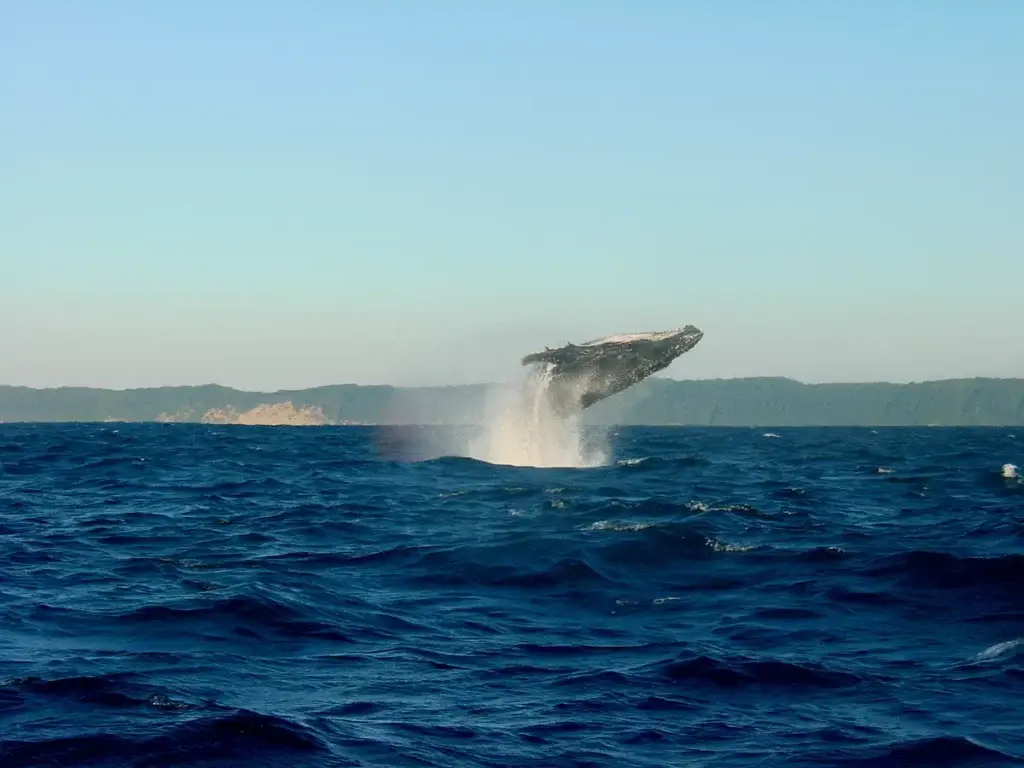
The village of Gansbaai is 30 minutes from Hermanus.
It’s from here that you’ll be able to encounter white sharks, which are numerous off the coast of South Africa, and particularly in this region.
You’ll have the chance to dive with the sharks (under cover, in a cage) or, if you’re not keen on the idea of coming within a few centimetres of these big, sharp-toothed fish, you can also observe them from the boat’s deck, which will already give you your share of thrills.
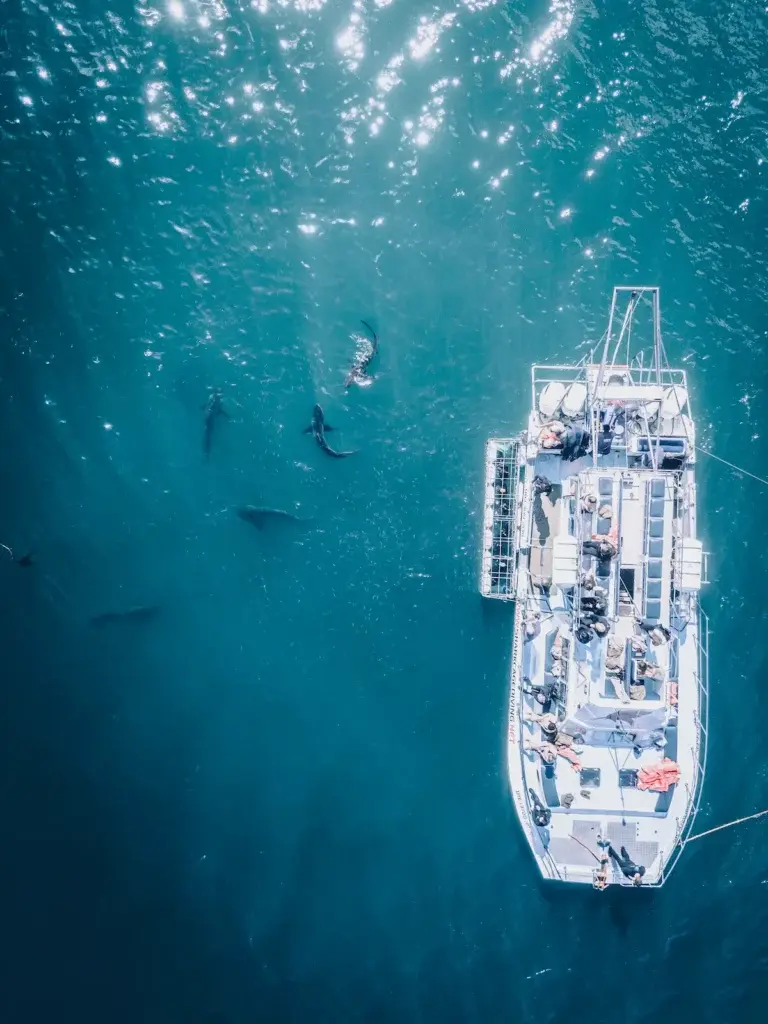
Located around 1 hour’s drive from Cape Town, this town is the symbol of a region (re)famous worldwide for its wines. It was the French who came to settle in the region, bringing with them vines (mainly of the Chardonnay variety).
The reputation of South African wines is well established, and if you’re a wine enthusiast, you’ll love the vineyard tours and tastings. What’s more, the region’s landscapes are well worth the detour, and you’ll be able to take advantage of them to go for a walk.
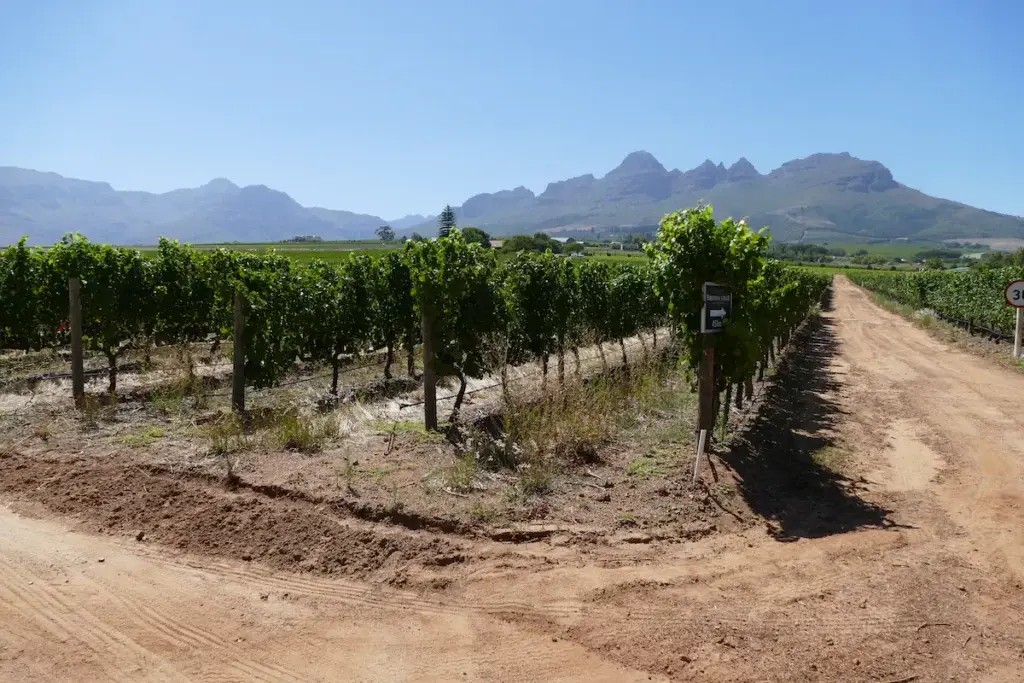
This park, located on the Santa Lucia coast, is a UNESCO World Heritage Site.
Between beaches, mangroves, marshes and savannahs, it offers a highly diverse ecosystem that’s a must-see! Home to many hippos, crocodiles, all kinds of birds, turtles…
Cruises are organized on the Santa Lucia estuary, allowing you to enjoy all the ecosystems the region has to offer.
Take the opportunity to visit Cap Vidal beach, one of the 10 most beautiful beaches in the world!
Take care if you’re strolling through town after dark… hippos don’t hesitate to roam the streets! One might have thought that the “Beware of hippos” signs were a local joke… Well, not at all!
Let’s hear it…
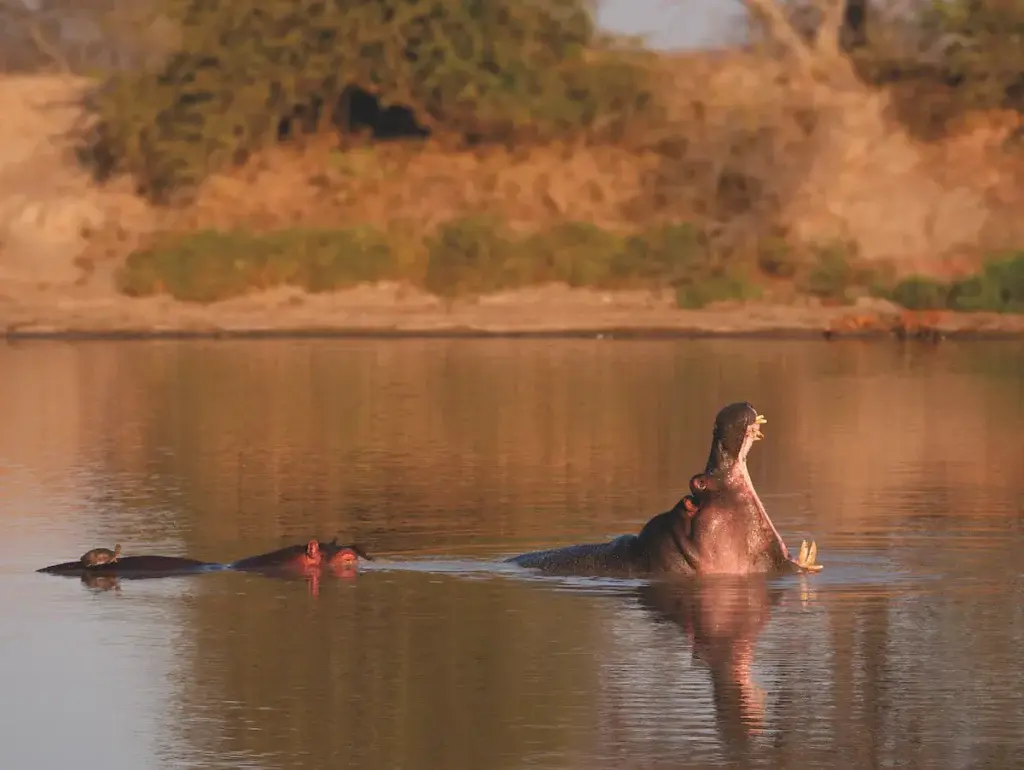
Do you have any questions?
Our teams are here to advise you!

4,3/5 on Trustpilot

Certified partners

Human & committed service

Customized offer

Optimal coverage
Leave a Reply